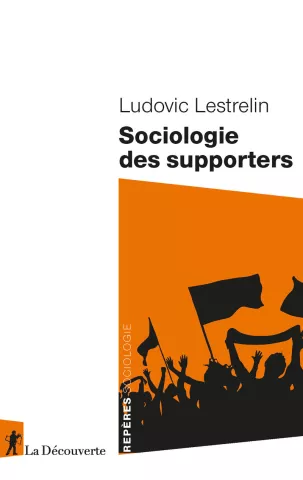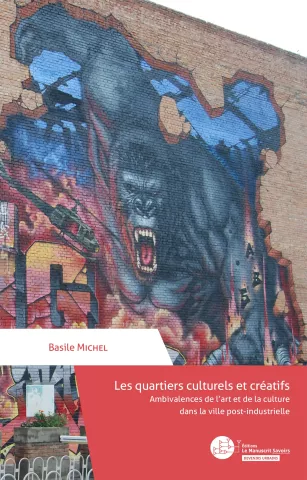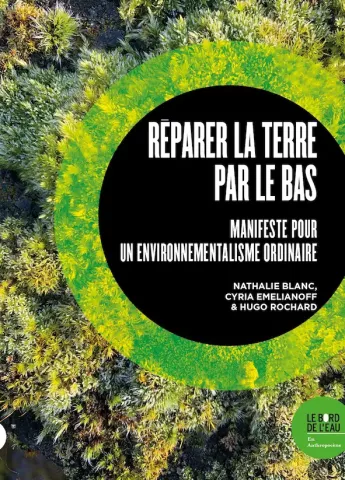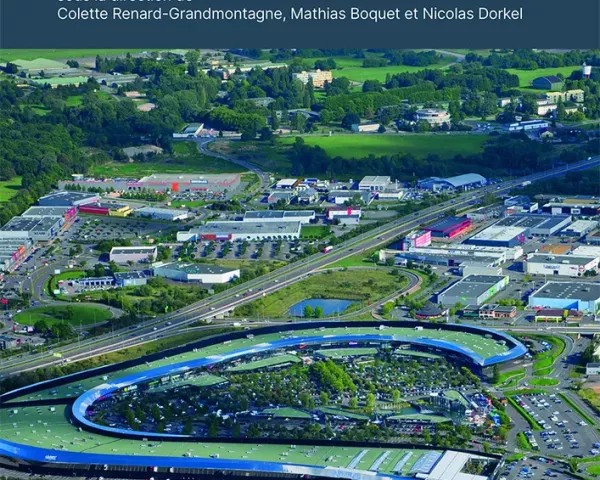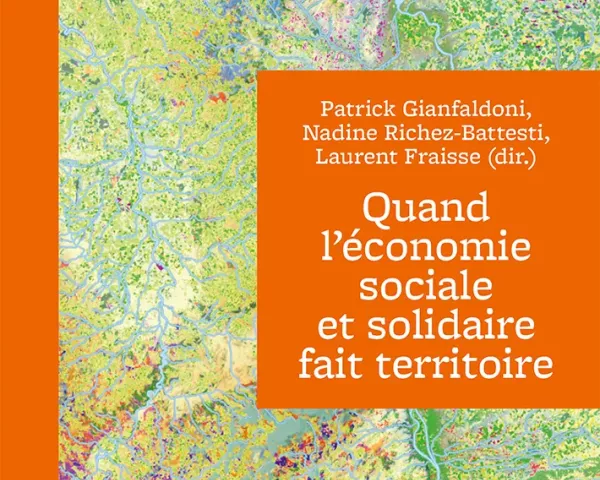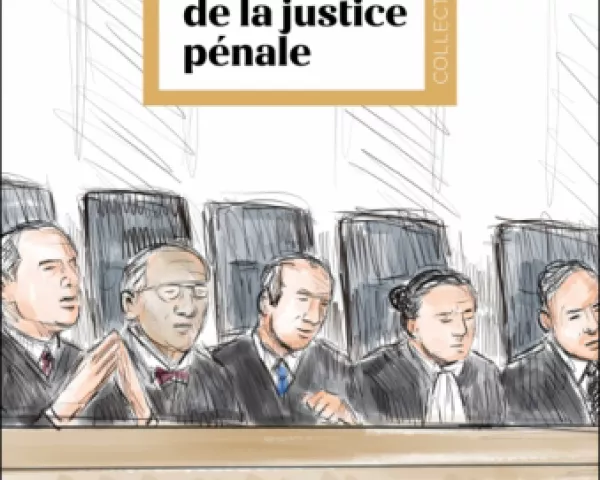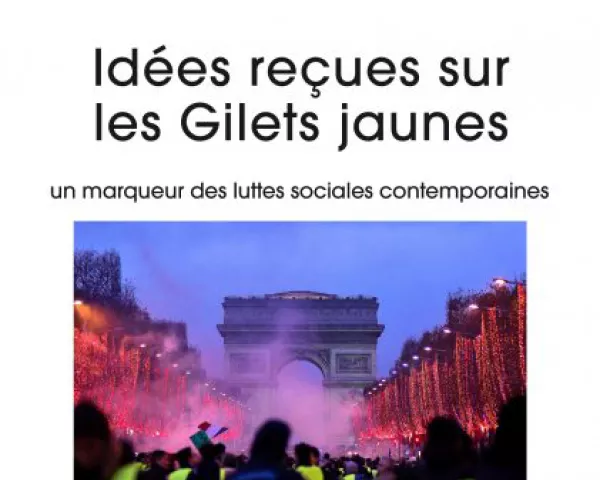-
Nathalie Ortar
-
Laurent Chapelon
Sandrine Depeau ,
Benoît Feildel
Sandrine Depeau
Sandrine Depeau
Benoît Feildel
Sandrine Depeau ,
Benoît Feildel
-
Adrien Lammoglia
-
Adrien Poisson
-
David Sayagh
-
Léa Barbé
-
Andoni Hentgen-Izaguirre

Sandrine Depeau
Les 5 derniers dépôts :

Benoît Feildel
Les 5 derniers dépôts :
Changing Cycling Practices and Covid Cycle Lanes in Five French Cities

Nathalie Ortar, Laurent Chapelon, Sandrine Depeau, Benoît Feildel, Adrien Lammoglia, et al.. Changing Cycling Practices and Covid Cycle Lanes in Five French Cities. Cycling Through the Pandemic, Springer International Publishing, pp.221-250, 2024, The Urban Book Series, ⟨10.1007/978-3-031-45308-3_10⟩. ⟨hal-04288777⟩
Abstract To encourage a modal shift toward cycling during and after the 2020 lockdown the French national government introduced a €120 million budget set of financial incentives, the “coup de pouce vélo.” Meanwhile, inspired by tactical urbanism, city authorities created cycle lanes and tracks, called “coronapistes” (Covid cycle lanes), on a permanent or pop-up basis. This response to the pandemic was driven by a unique set of spatial, social, and political configurations. In this chapter, we analyze the way in which both experienced and novice cyclists made use of the temporary facilities that were introduced in the early months of the Covid-19 pandemic in four cities—Grenoble, Lyon, Montpellier, and Rennes—and contrast this with the case of Saint-Étienne, where the Covid cycle lanes were removed at the end of the spring 2020 lockdown. The chapter aims to observe the effects of public policies on cycling practices and the social representations associated with them, in particular on changes in use in contexts characterized by different relationships to cycling. To capture the ways in which the Covid cycle lanes have been received and used, we employed ride-along interviews, an in situ and qualitative mobile method.
Abstract To encourage a modal shift toward cycling during and after the 2020 lockdown the French national government introduced a €120 million budget set of financial incentives, the “coup de pouce vélo.” Meanwhile, inspired by tactical urbanism, city authorities created cycle lanes and tracks, called “coronapistes” (Covid cycle lanes), on a permanent or pop-up basis. This response to the pandemic was driven by a unique set of spatial, social, and political configurations. In this chapter, we analyze the way in which both experienced and novice cyclists made use of the temporary facilities that were introduced in the early months of the Covid-19 pandemic in four cities—Grenoble, Lyon, Montpellier, and Rennes—and contrast this with the case of Saint-Étienne, where the Covid cycle lanes were removed at the end of the spring 2020 lockdown. The chapter aims to observe the effects of public policies on cycling practices and the social representations associated with them, in particular on changes in use in contexts characterized by different relationships to cycling. To capture the ways in which the Covid cycle lanes have been received and used, we employed ride-along interviews, an in situ and qualitative mobile method.


